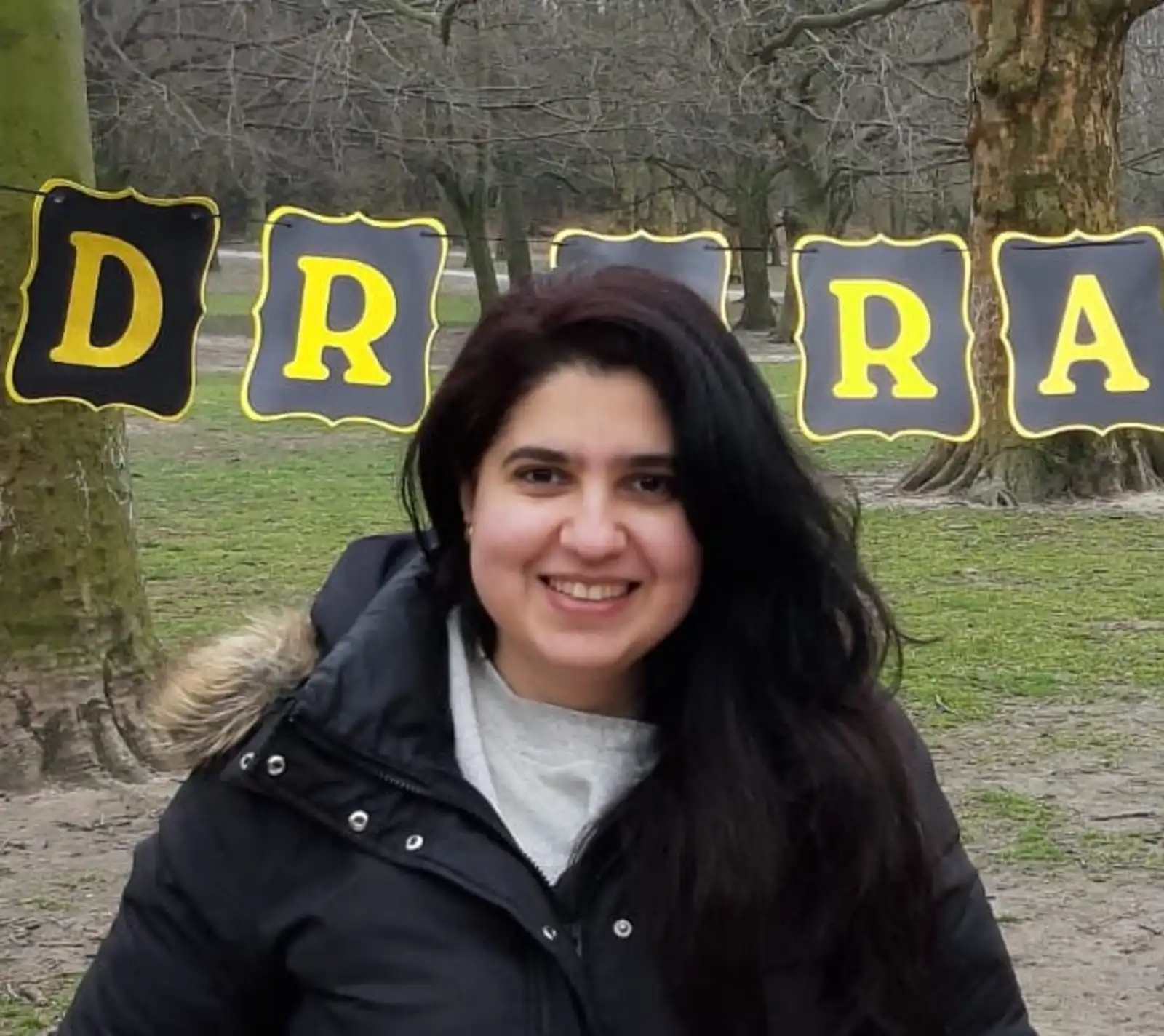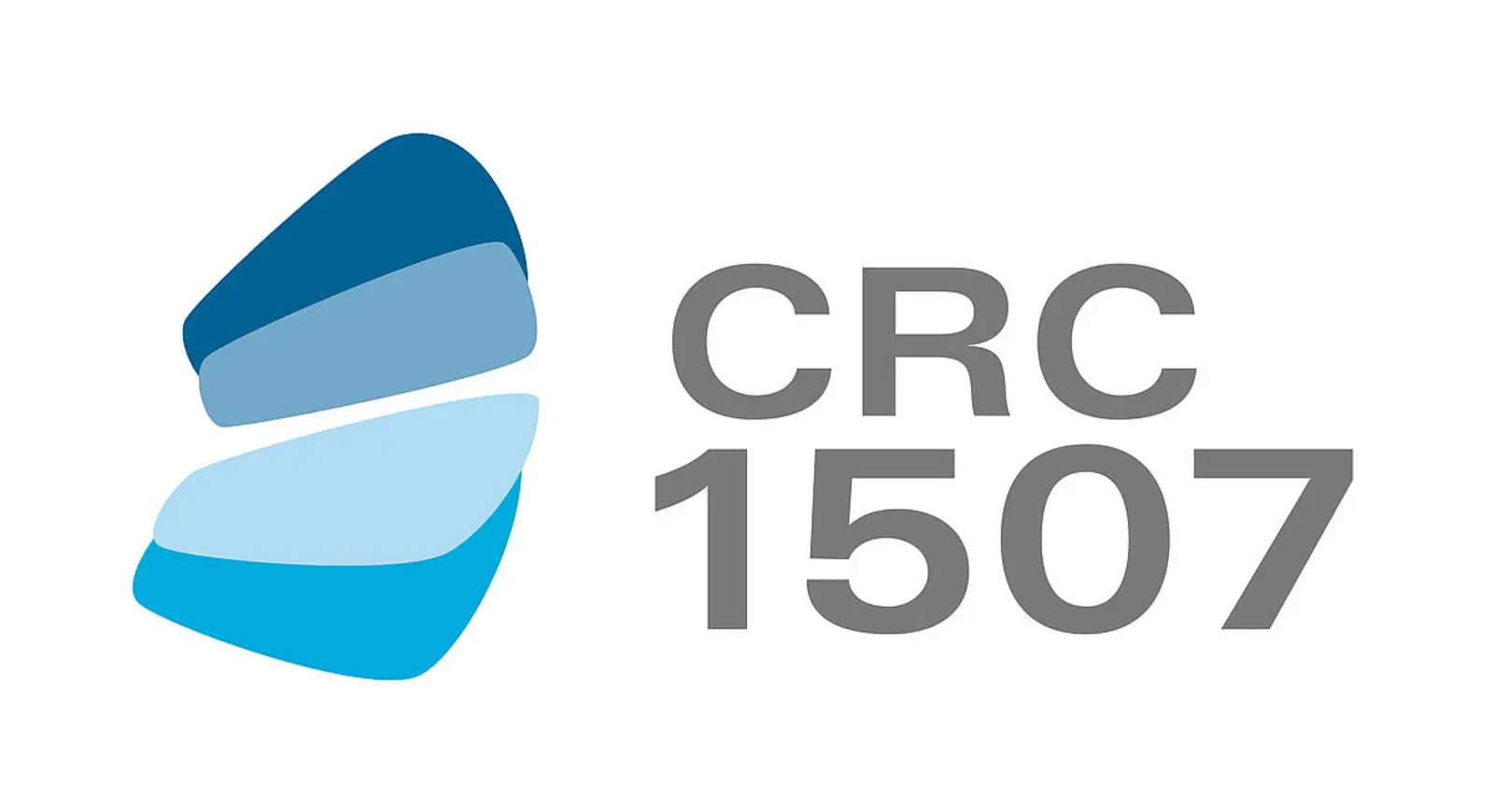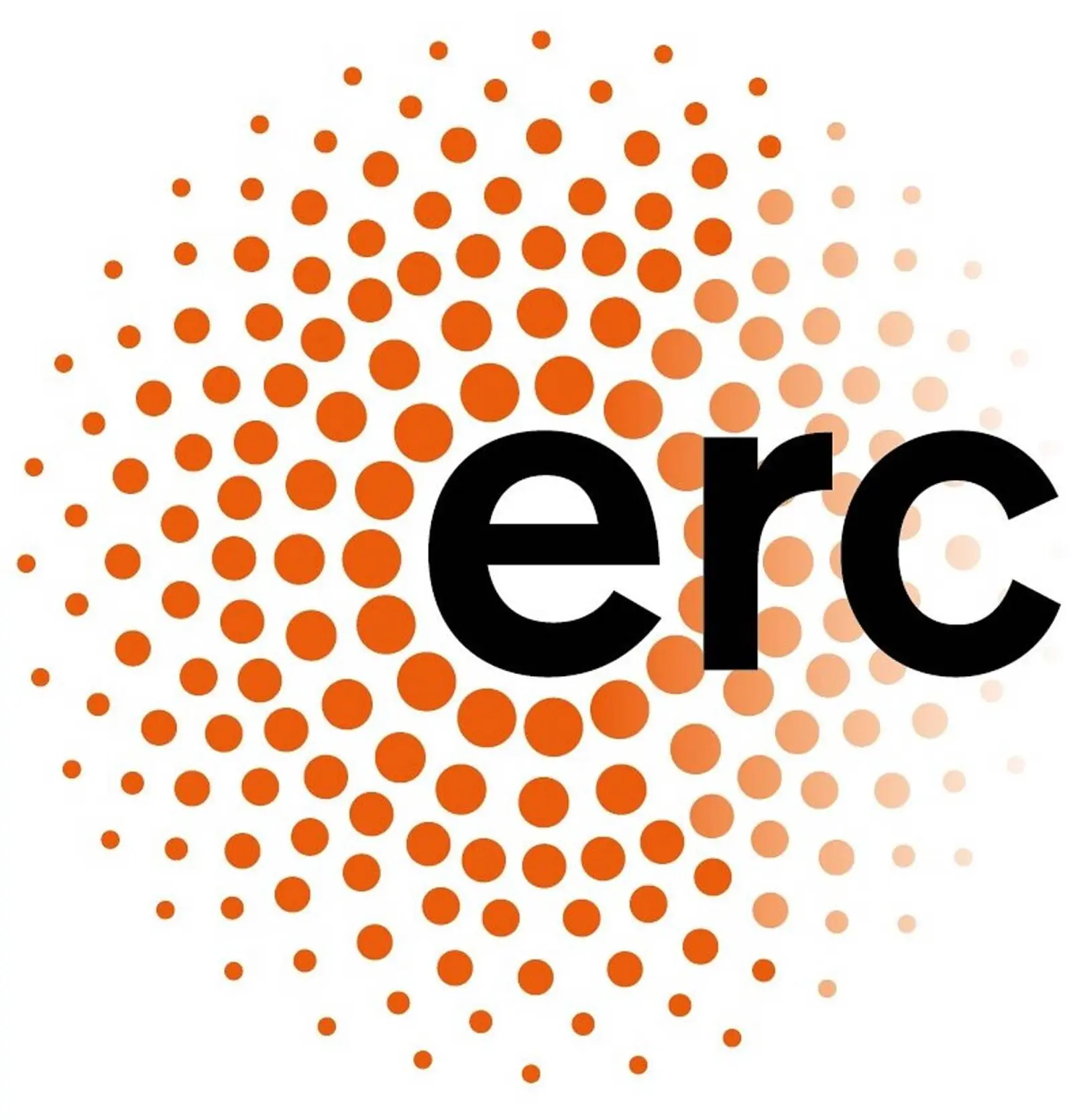People
Dr. Rana Hussein Ali
Independent group leader
Institute of Biochemistry,
Biocenter N220 | room 1.03
Goethe-University Frankfurt
Max-von-Laue-Str. 9
D-60438 Frankfurt/M., Germany
Phone: +49-(0)-69 - 798 29261
Email: r.ali(at)em.uni-frankfurt.de
- (Jan. 2025 - present) Independent Group Leader, Goethe University
- (2022-2025) Postdoctoral Researcher at Humboldt University of Berlin (AG Holger Dobbek)
- (2023-2024) Research Affiliate at Lawrence Berkeley National Laboratory, USA
- (2017-2022) PhD student in the Biophysics department, Humboldt University of Berlin (AG Athina Zouni)
Research focus: photosynthetic membrane proteins, Photosystem II, water oxidation, and photosynthetic membrane protein structures
- Expertise in cryo-EM, X-raym and neutron diffraction techniques
- Dedicated to structural biology, scientific collaboration, and mentoring young researchers
Activities
- (2025 - present) Member in GESR (German Egyptian Social and Scientific Relationships e.V.)
- (2012-2015) Co-founder and volunteer in Egypt Scholars Inc.
Awards
- L'Oréal UNESCO Women in Science Award, Germany (2025)
- Carolina von Humboldt Fellowship for excellent PhD students (2021)
- Erasmus Mundus scholarship (2012)
- KAUST Provost Award (2012)
- KAUST Discovery Scholarship (2008)
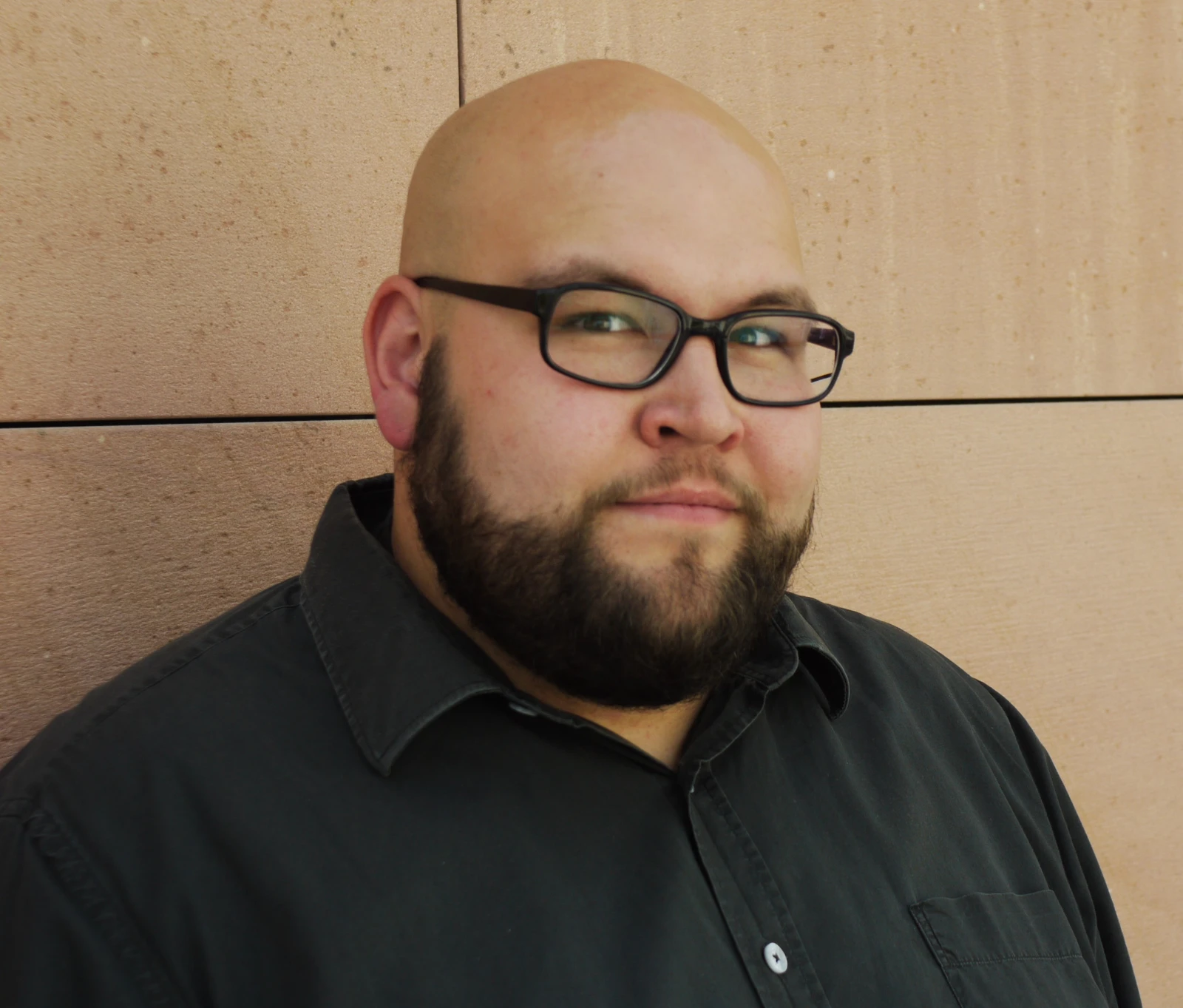
Stefan Frühschulz (M. Sc.)
PhD student
Institute of Biochemistry,
Biocenter N220 | room 1.03
Goethe-University Frankfurt
Max-von-Laue-Str. 9
D-60438 Frankfurt/M., Germany
Phone: +49-(0)-69 - 798 29261
Email: fruehschulz(at)biochem.uni-frankfurt.de
- PhD student, Goethe University (Jan. 2025 - present)
- Master's degree in Biochemistry, Goethe University (2022-2024)
- Bacherlor's degree in Biotechnology, TU Darmstadt (2014-2020)
-
Chemist in Biotest AG, Dreieich (2013)
- Industrial trainee for chemistry, Ober-Ramstadt (2009-2012)
In photosynthesis, the membrane and its associated cofactors play an exceptionally important role. Within photosystem II (PSII), the transfer of oxidized plastoquinone into the complex and the release of reduced plastoquinone are facilitated. The lipids surrounding PSII also influence the activity, spatial organization, and stability of the involved complexes. Therefore, lipid-mimicking systems and detergent-free techniques are of great importance for investigating structural changes during photosynthesis, as they provide insights into PSII in a more native environment. In this context, the transfer of cofactors, as well as electron and proton movements, can be studied with high accuracy using state-of-the-art structural techniques such as cryogenic electron microscopy and X-ray free-electron laser crystallography in a time-resolved manner.
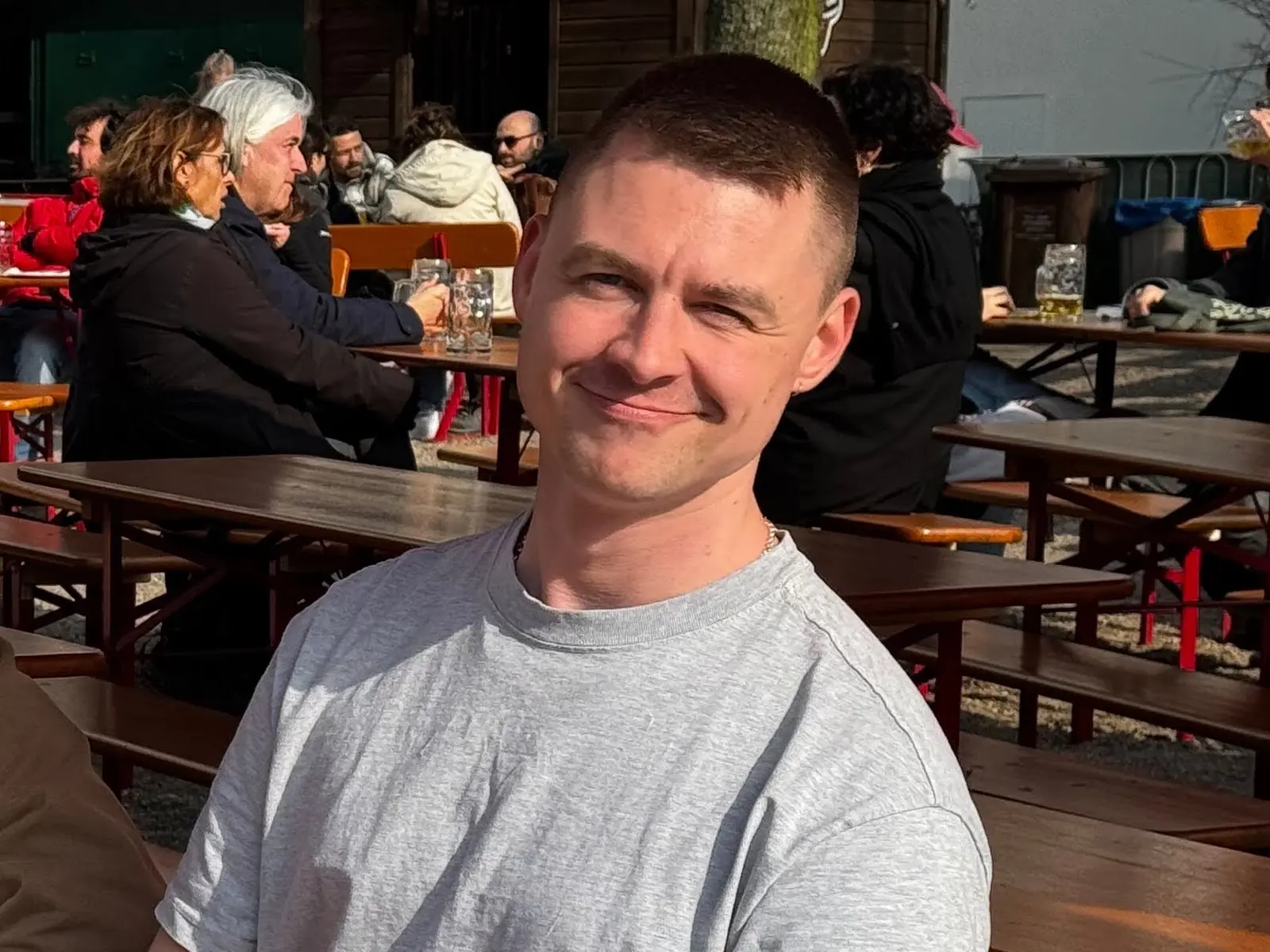
Olli Hart (M. Sc.)
PhD student
Institute of Biochemistry,
Humboldt-University, Berlin, AG Zouni
Email: olli.hart(at)hu-berlin.de
- Visiting scholar at Goethe University Frankfurt (ongoing)
- PhD student, HU Berlin AG Zouni (2021-present)
- Master's degree Bioscience, University of Leeds (2019-2020)
- Bachelor's degree Genetics and Biochemistry, University of Sheffield (2015-2018)
Olli's research focuses on structural studies of the hydrogen-bonded water network in PSII, and its role and behaviour during the water-splitting mechanism. The use of novel ligands to perturb and probe the exact relationships between previously-mapped water molecules and the sequence of events during S-state transitions is achieved by leveraging recent developments in XFEL femtosecond serial crystallography. He is one of the last doctoral researchers to study under PSII structure pioneer Professor Athina Zouni.
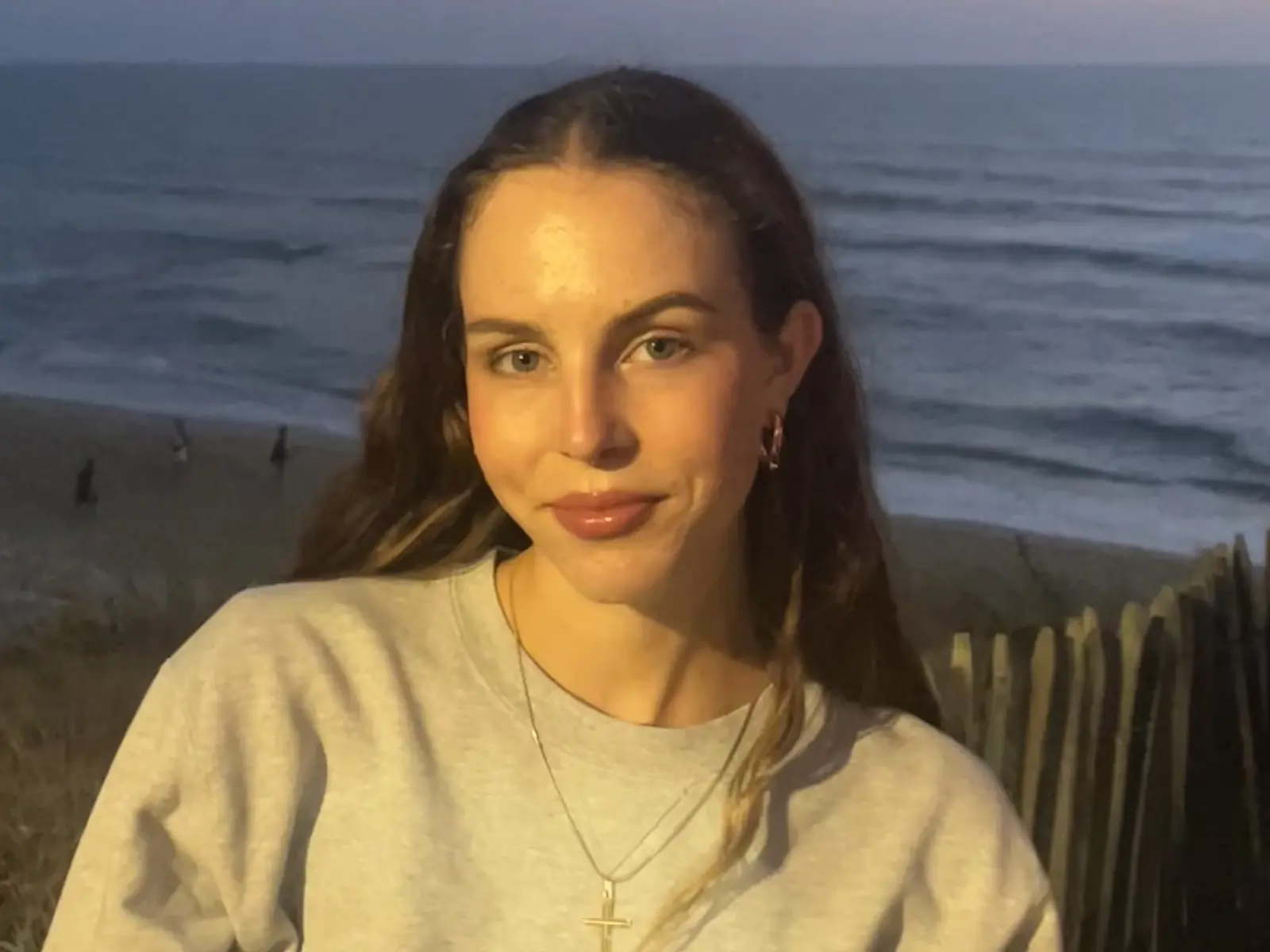
Tia Zitnik
Student Research Assistant
Master Student in Biochemistry (2024 - present)

